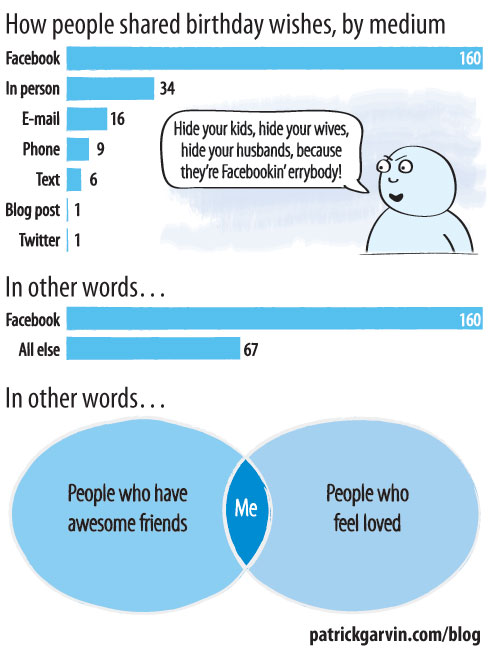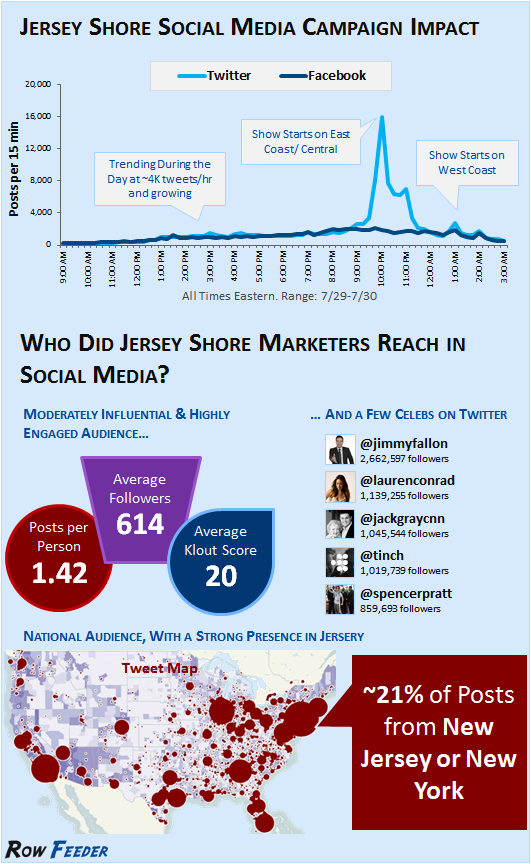By now you’ve heard about 18-year-old Tyler Clementi, but just in case you haven’t, he was outed as gay on the Internet and subsequently jumped off the George Washington Bridge to his death.
A few weeks ago, I blogged about Dan Savage’s “It Gets Better” project. That was triggered by Billy Lucas’ suicide, which was one of a few in the last few weeks. Just this past week, even after the news of Clementi’s death, another gay youth’s suicide was reported.
Ellen DeGeneres felt moved enough to record a video about these events:
Her last line echoes the sentiments of Savage’s “It Gets Better” project:
“Things will get easier, people’s minds will change, and you should be alive to see it.”
Savage created “It Gets Better” for LGBT adults to create videos to let the youth know that no matter how shitty it might be now, “it gets better.” When I posted about it a few weeks ago, Dan and his husband Terry were the only ones to have posted a video. Now there are several videos. Take a look, as they are quite encouraging and representative of the richly diverse possibilities you can have as an LGBT adult. But, you need to be alive to see it.
Elsewhere on the Internet, I found this ad from the “Give A Damn” campaign:
The “Give A Damn” project has an impressive roster of celebrities — gay and straight — who are lending their name and time to this cause. From the website:
The Give a Damn Campaign is for everybody who cares about gay, lesbian, bisexual and transgender equality.
But, it’s especially for all you straight people out there! Whether you’re already an active supporter, want to show your support for the first time, or hadn’t given equality a lot of thought before and now want to learn more, we are here to help you get informed about the issues and get involved, at a pace that works for you.
You’ll find a lot of useful information throughout this site—information that’ll engage you, surprise you and move you. You will also find a bunch of ways to get involved and show your support and encourage your straight peers to show theirs as well.
For all you gay, lesbian, bisexual and transgender folks—we need and want you here, too! Because this site is also for you. Not only will you learn new things that might surprise and interest you, you’ll also find a lot of useful tools and resources that will help you encourage the straight people in your life to give a damn.
And then, through my friend Greg, I found this PSA on behalf of the Trevor Project:
If you’re in Jacksonville, Fla., the Jacksonville Area Sexual Minority Youth Network can be reached at (904) 389-0089. Nationally, the Trevor Lifeline can be reached at 866-4-U-TREVOR (866-488-7386), where youth can speak with a trained volunteer counselor.
I know firsthand how it can suck to be an LGBT youth, but it gets better, and we need you around to see it.



